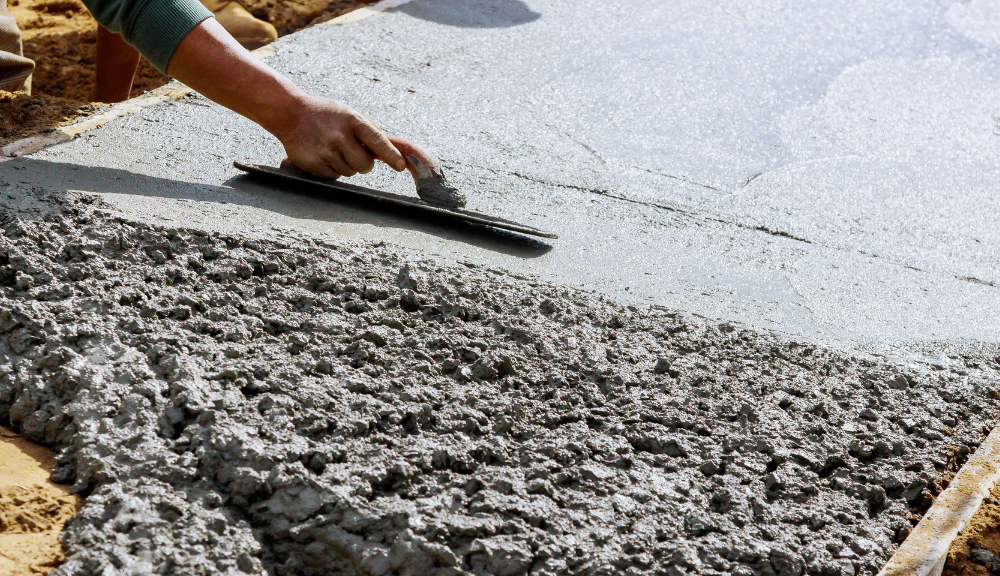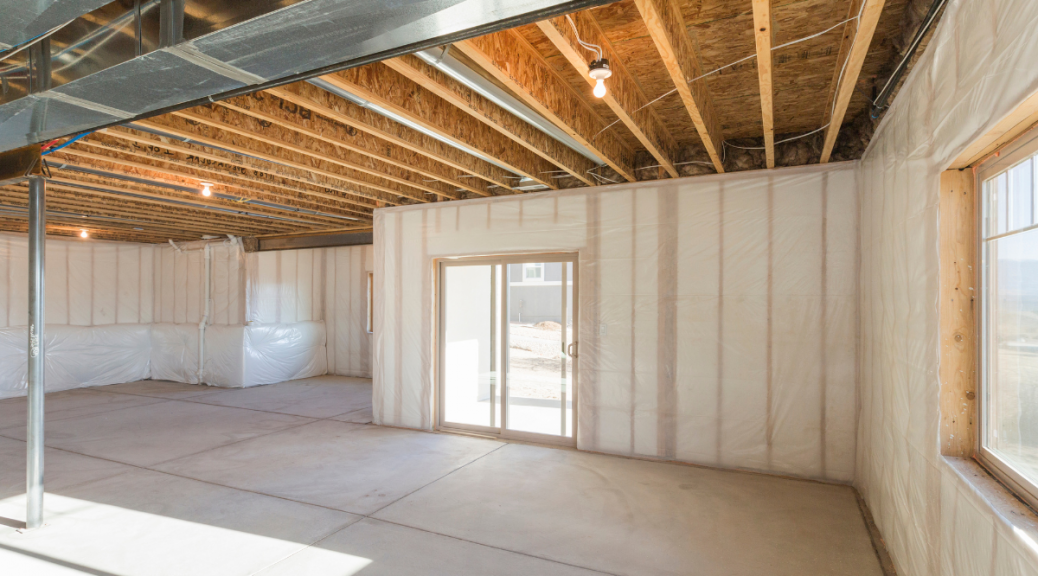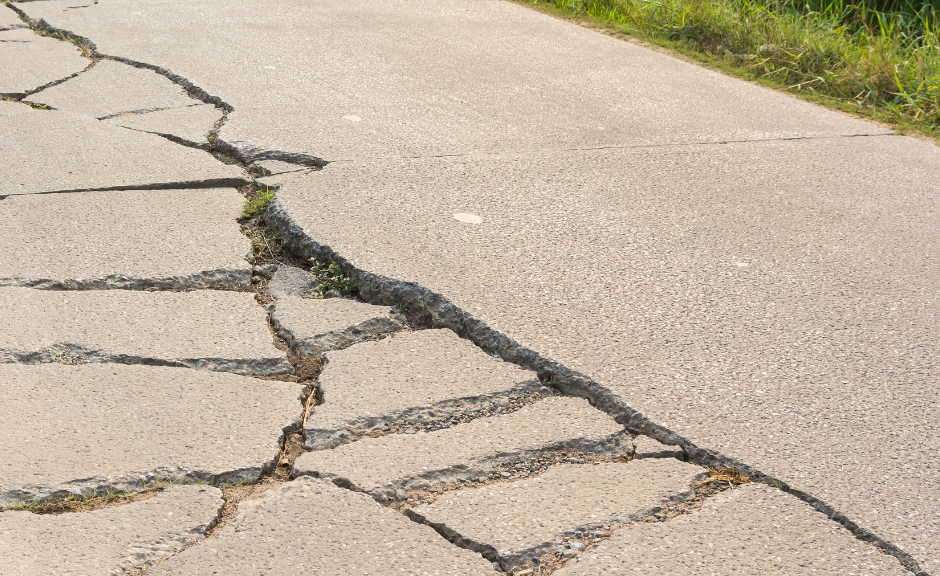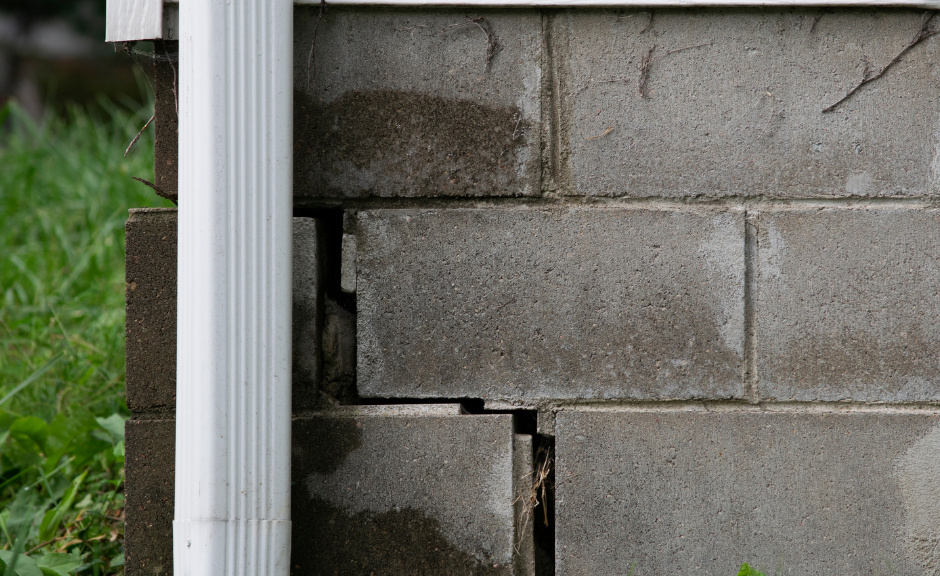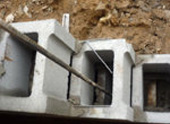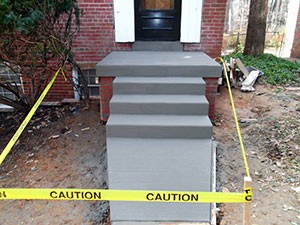Concrete is a durable and widely used building material known for its strength and longevity. ***
However, years later, concrete structures may develop cracks, spalling, or other forms of damage due to factors such as age, weather conditions, or poor-quality construction. Timely and effective concrete repair is needed so that structural integrity can be restored and also prolong the lifespan of the concrete.
So, if you or a home structure repair contractor has evaluated the concrete around your home, here are five steps you should take for effective concrete repair.
Step 1: Evaluate the Damage
Before beginning any concrete repair project, the extent and cause of the damage must be assessed. Inspect the concrete surface and identify areas with cracks, deterioration, or other signs of distress. The underlying cause of the damage, whether it’s due to structural issues, moisture infiltration, or freeze-thaw cycles, will determine the correct concrete repair method.
Step 2: Clean and Prepare the Surface
Proper surface preparation is crucial for effective concrete repair. Clean the damaged area using a wire brush, pressure washer, or other suitable methods to remove loose debris, dirt, and contaminants. For larger sections, use a hammer and chisel or a concrete grinder to create clean edges and ensure a solid bonding surface. Thoroughly dry the area before proceeding with the repair.
Step 3: Choose the Right Repair Method
Depending on the nature and severity of the concrete damage, different repair methods may be employed. Some common concrete repair techniques include:
Crack Injection: For hairline cracks or cracks that are actively leaking, crack injection is often used. Inject specialized epoxy or polyurethane materials into the cracks to seal them and restore the structural integrity.
Patching: Patching is suitable for repairing small areas of concrete damage, such as spalls or surface defects. Apply a concrete patching compound or mortar mix to fill the damaged area and create a smooth surface.
Overlay: When the damage is more extensive, an overlay may be applied. Place a new layer of concrete or a polymer-modified material over the existing surface to restore its strength and appearance.
Resurfacing: Resurfacing is typically used for large areas with widespread damage. Remove the top layer of the concrete and apply a new layer, often with improved properties such as increased durability or decorative finishes.
Step 4: Follow Proper Application Techniques
To ensure a long-lasting and effective repair, it’s important to follow the recommended application techniques for the chosen repair method. Follow the manufacturer’s instructions for the repair materials, including mixing ratios, curing times, and application temperatures. Compact and shape the repair material, ensuring a strong bond with the existing concrete. Use appropriate tools and techniques to achieve a smooth and uniform finish.
Step 5: Implement Preventive Measures
After completing the concrete repair, it’s essential to implement preventive measures to minimize future damage. This may include applying sealants or coatings to protect the repaired area from moisture, chemicals, or weathering. Regular maintenance, such as cleaning, sealing, and addressing minor cracks or defects promptly, can help prevent further deterioration and extend the lifespan of the repaired concrete.
Effective concrete repair involves a systematic approach that includes evaluating the damage, preparing the surface, choosing the right repair method, following proper application techniques, and implementing preventive measures. By taking these steps, you can restore the structural integrity of the concrete, enhance its appearance, and prolong its service life. If you are unsure about the best approach or if the damage is extensive, it is recommended to consult with a professional home concrete repair contractor for a successful repair.
M Taylor Enterprise can inspect the concrete around your home to see if you have any home structural issues. Call our home foundation and structural repair experts in Maryland at (301) 649-3406 or matt@mtaylorenterprise.com. We will do a free consultation, make recommendations, then do any needed repairs quickly and efficiently.
We serve Montgomery County, MD, parts of Prince George’s, MD, and Howard County, MD.
*** For more on how concrete is made, visit the Family Handyman website.


